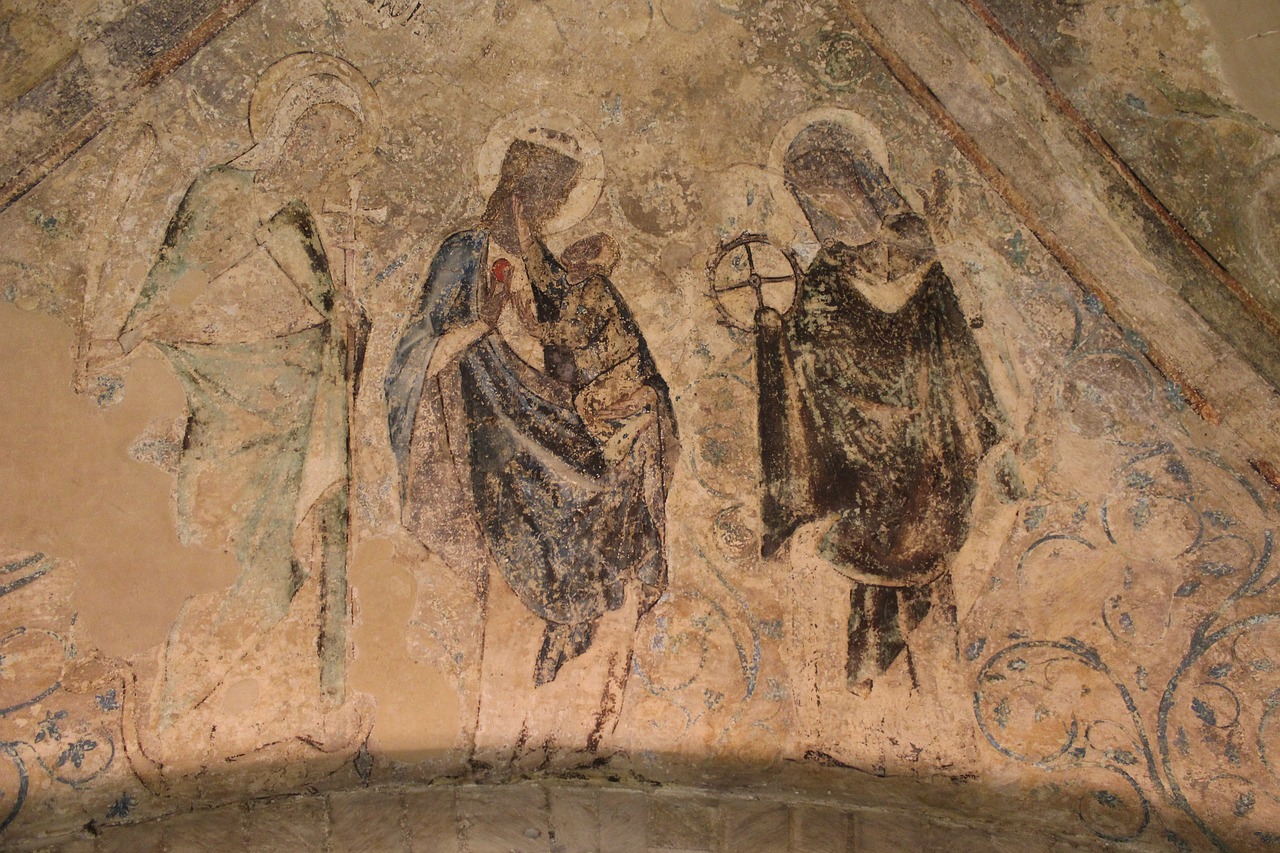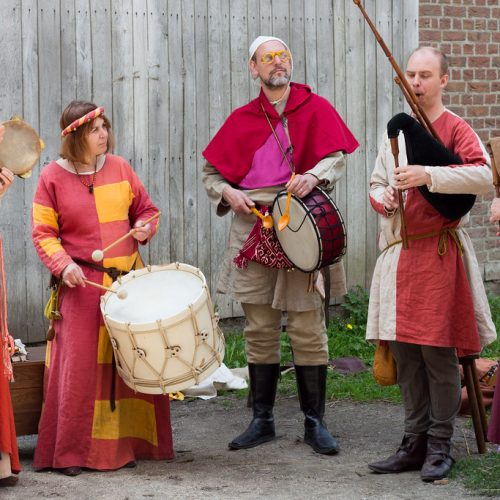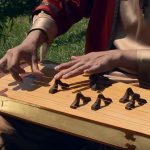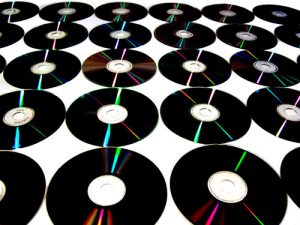
Just like other social concepts that have evolved, music has different periods in its growth. Each period demonstrates how music:https://www.belmont.edu/burs/pdf/Music%20-%20Salminen.pdf was used to serve human needs.
The medieval period, between 1150 and 1400, is the first that gives some sense of music that followed a particular note. Gregorian chant was popular in this period along with several religious, particularly the church music. Common instruments included the recorder, the flute, and other pluck string instruments.
Soon came the renaissance period, where choral music was a primary focus. Religious music still flourished, although it now included anthems, motets, psalms, and masses. Baroque music started in 1600 and was the period that came with writing consistent music in a particular key. Opera, modern orchestra, cantata, and sonata became popular in this period as well. Later, classical music found its way to the community.
The classical period brought structural clarity, especially in its period that began in 1750. Some people include all western music, even medieval music, as among the classics. However, history dates 1750 as the specific beginning of the classical period. The piano made its grandstand in music during this period, as orchestras grew in audience sizes.
Classical music made way for the overly feeling romantic music in 1820. Composers stopped paying too much attention to complicated compositions and introduced a lot of emotion and drama into their works. Music got shorter, and musicians made those that everyone could enjoy at any time. The gravitation towards national music schools also began at this time.
The 20th and 21st centuries period is the current musical age with diversity spreading like fire. It is also known as the free reign for composers.




